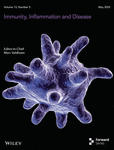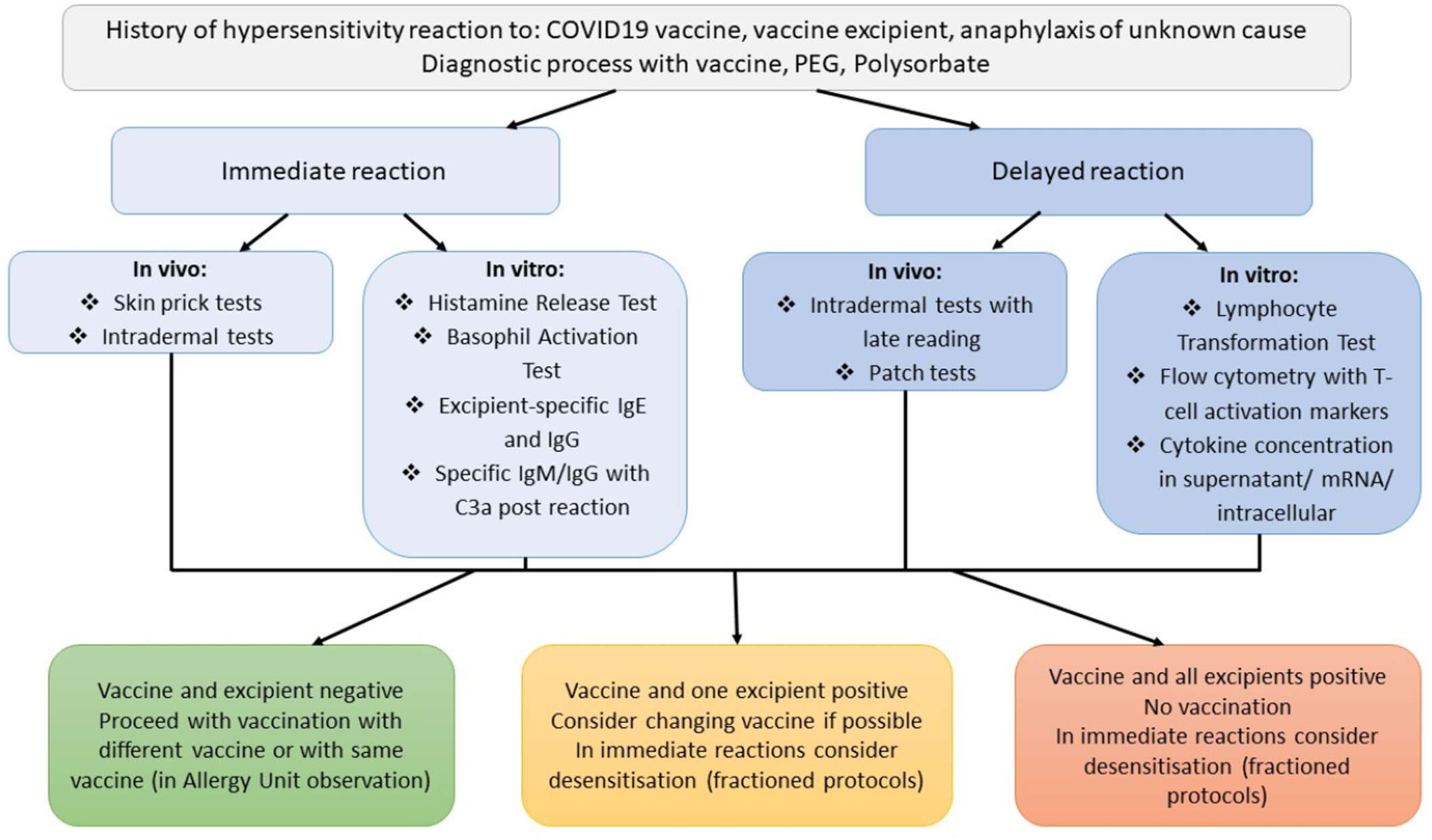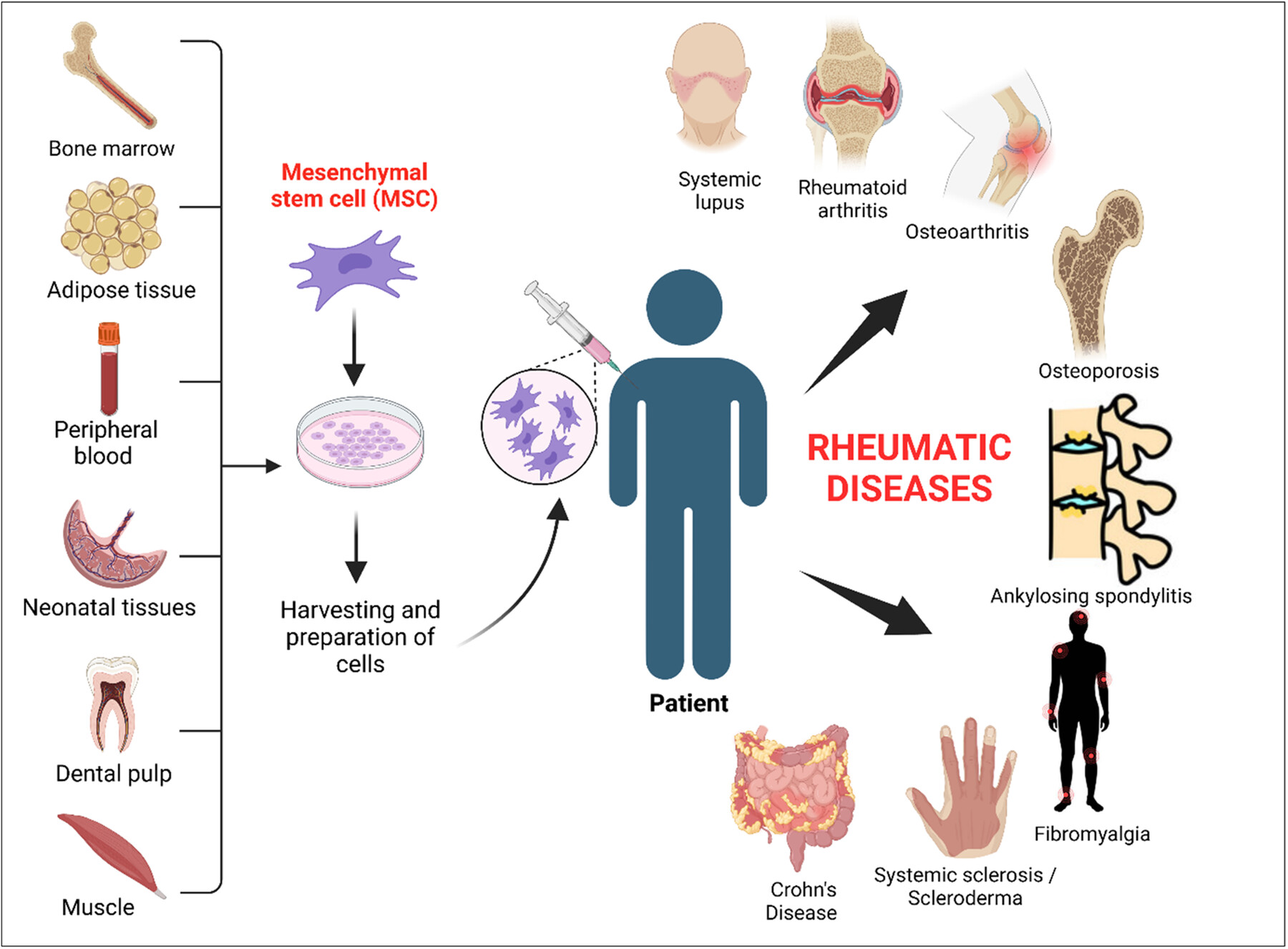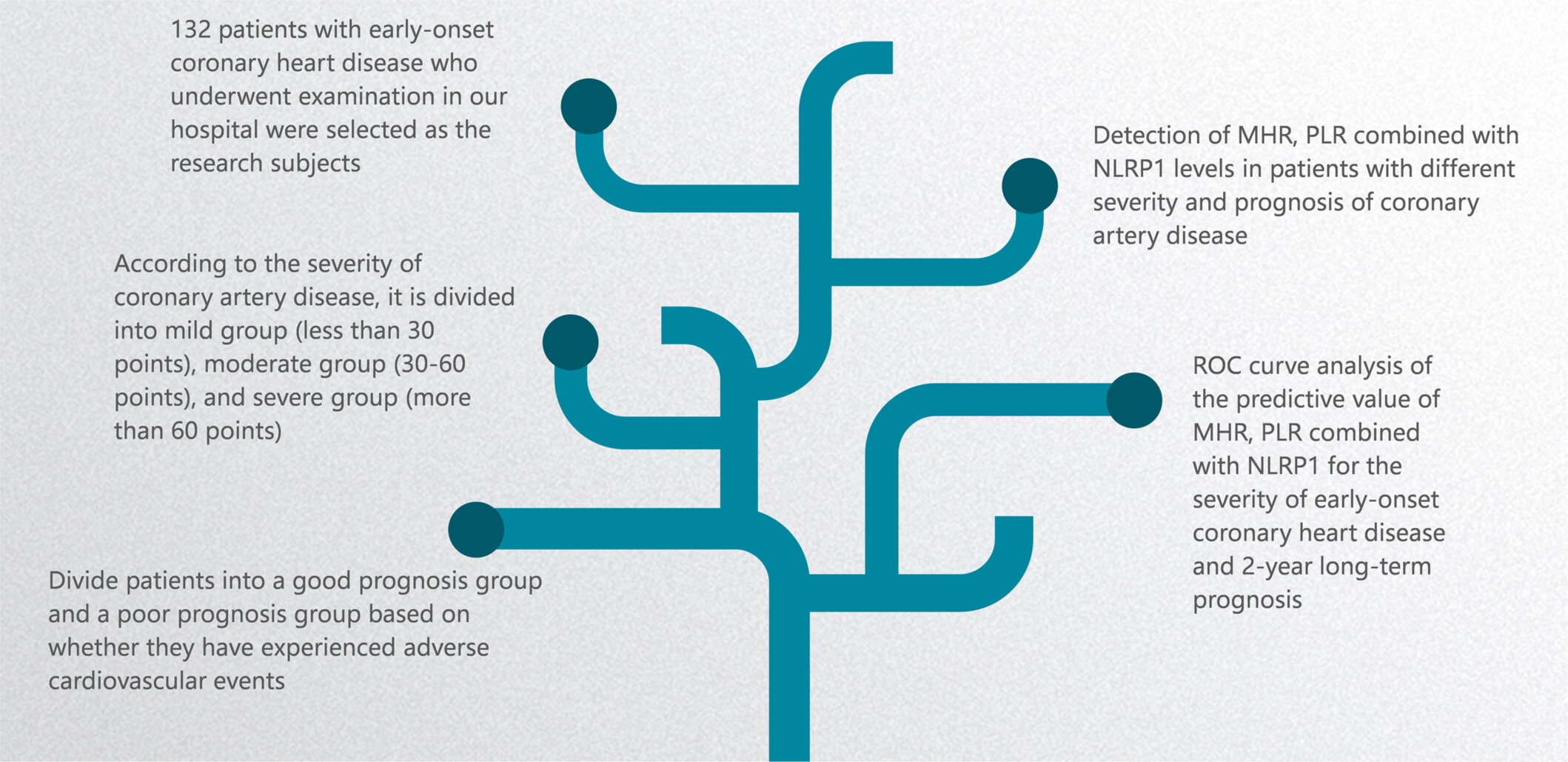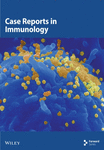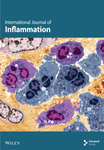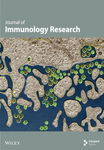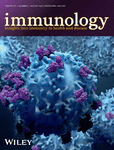Journal list menu
Export Citations
Download PDFs
ISSUE INFORMATION
ORIGINAL ARTICLE
Integrating Transcriptomic and Proteomic Data: IL-27B as a Key Protein in the Development of Septic Cardiomyopathy—A Retrospective Study
- First Published: 21 May 2025
CORRECTION
RETRACTION
REVIEW ARTICLE
Determinants of Malaria Vaccine Acceptance: A Systematic Review and Meta-Analysis of Awareness, Acceptance, Hesitancy, and Willingness to Pay
- First Published: 14 May 2025
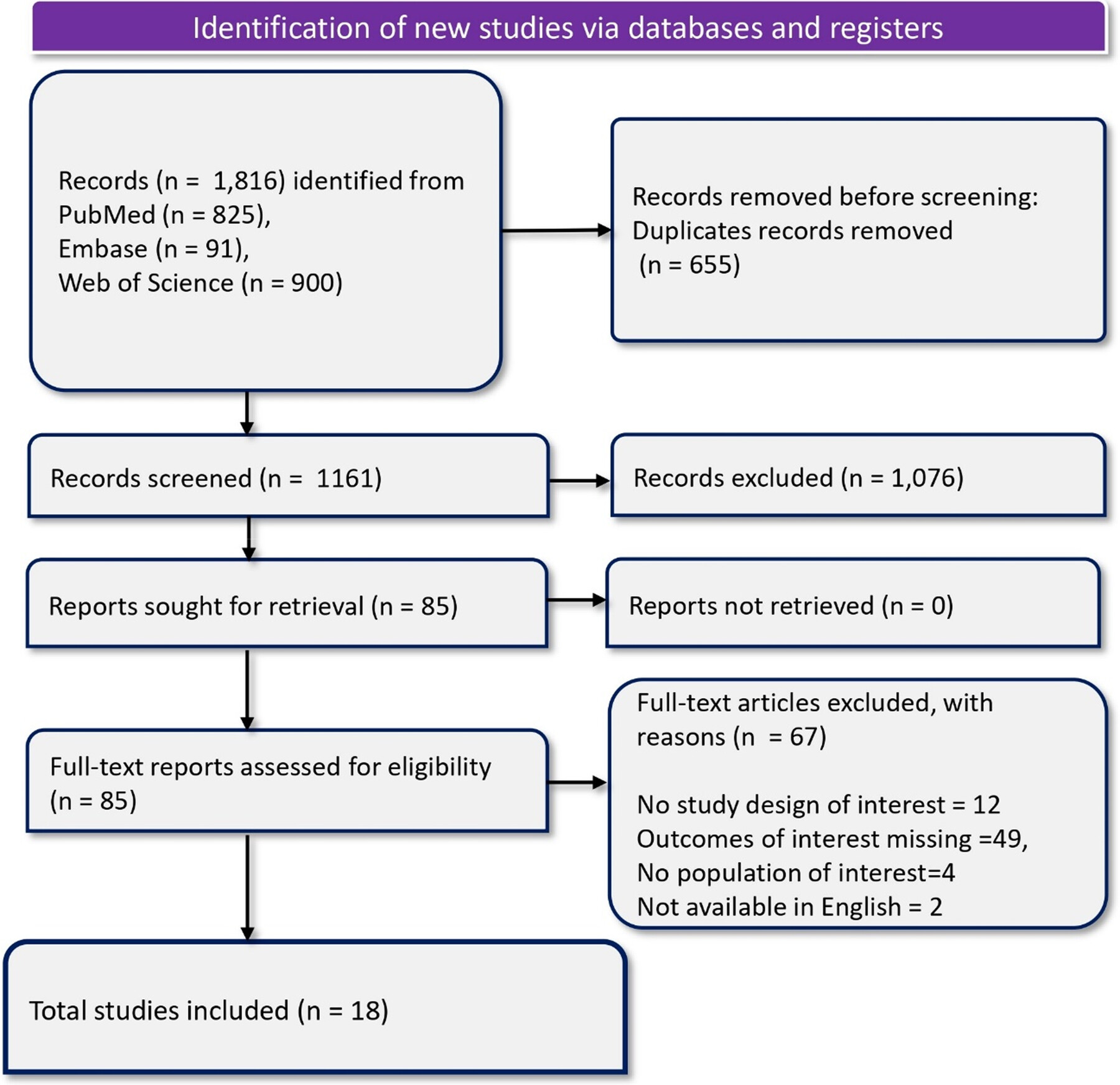
This review revealed an 83% acceptance rate for the malaria vaccine, with variability in awareness (32%), hesitancy (14%), and willingness to pay (58%). Age, employment, and socioeconomic status were significant determinants of acceptance. Further research is needed to examine additional factors influencing vaccine acceptance.
RETRACTION
RETRACTION: lncRNA BZRAP1-AS1 Alleviates Rheumatoid Arthritis by Regulating miR-1286/COL5A2 Axis
- First Published: 28 May 2025
REVIEW ARTICLE
Can Labs Help With Vaccination? In Vitro Tests in Diagnosis of Allergy to COVID-19 Vaccines–A Systematic Review
- First Published: 14 May 2025
Oligonucleotide-Based Modulation of Macrophage Polarization: Emerging Strategies in Immunotherapy
- First Published: 05 May 2025
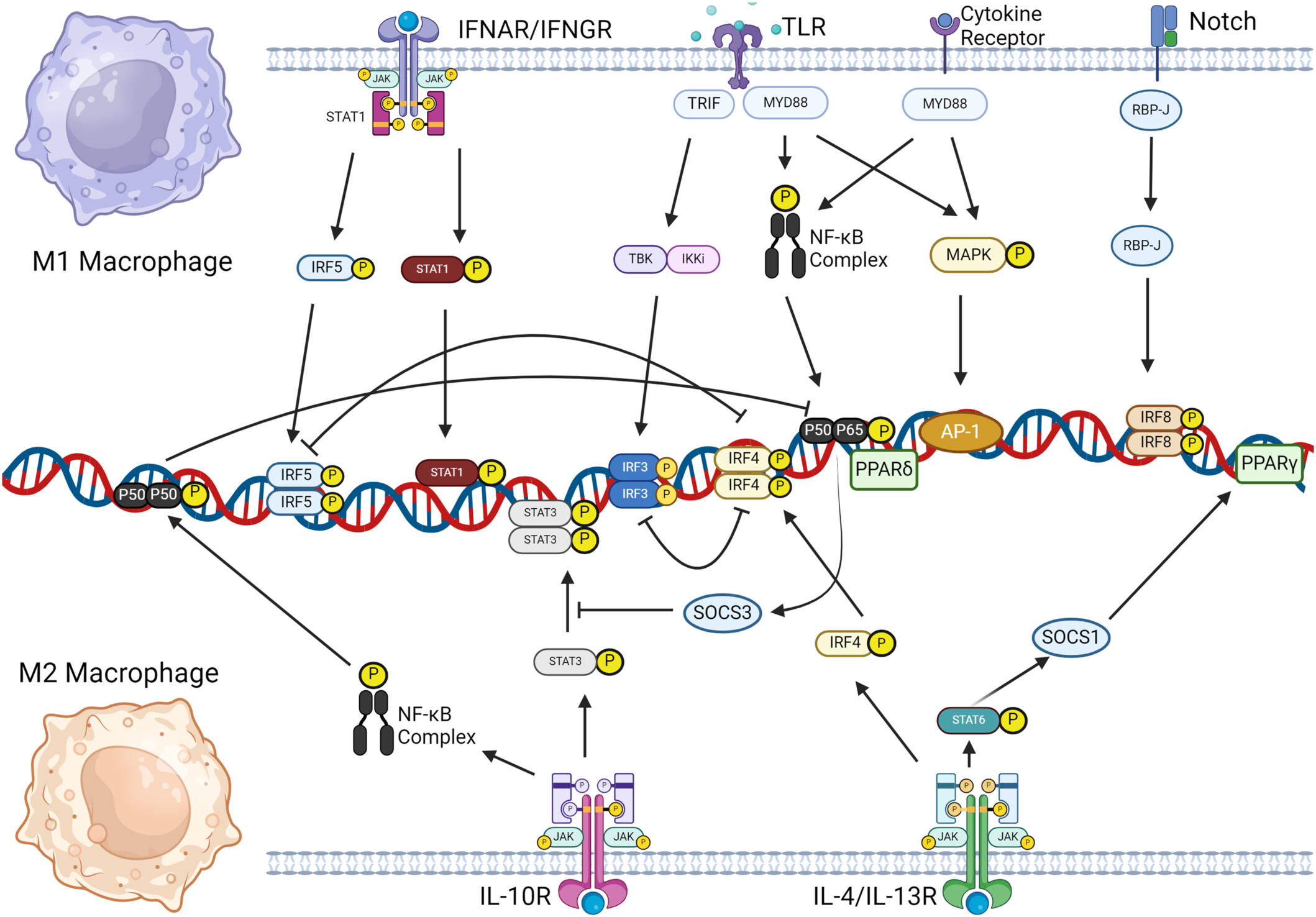
Receptors and signaling pathways that are involved in M1/M2 polarization. This schematic illustrates how different surface receptors (including TLRs, IFNAR/IFNGR, IL-4/IL-13R, IL-10R, and the Notch receptor) and their downstream signaling cascades coordinate the polarization of macrophages into M1 or M2 phenotypes. M1 (classically activated) macrophages are typically driven by pro-inflammatory signals. TLR ligation activates MyD88- and TRIF-dependent pathways, culminating in the NF-κB (p50–p65) complex and MAPK activation. Likewise, IFNAR/IFNGR engagement induces the phosphorylation of STAT1 and IRF3/IRF5, promoting transcription of genes responsible for inflammation (e.g., high IL-12, TNF-α). Notch signaling through RBP-J can also reinforce M1 features. M2 (alternatively activated) macrophages emerge under anti-inflammatory or tissue-repair conditions. IL-4/IL-13 binding to their receptors triggers the JAK–STAT6 pathway, driving IRF4 and PPARγ activation and upregulation of M2-specific genes (e.g., Arg1, Ym1). IL-10R signals similarly recruit JAK–STAT3, reinforcing anti-inflammatory effects. Notably, the NF-κB p50–p50 homodimer also enhances M2 polarization by competing with, and thus inhibiting, the p50–p65 (pro-inflammatory) complex. Transcriptional crosstalk is crucial: IRF4 can inhibit IRF3/IRF5-mediated inflammatory pathways, while SOCS proteins (e.g., SOCS1, SOCS3) provide negative feedback that modulates JAK–STAT and NF-κB. Arrows indicate activation, and blunt-ended lines represent inhibition.
Clinical Progress in Mesenchymal Stem Cell Therapy: A Focus on Rheumatic Diseases
- First Published: 12 May 2025
ORIGINAL ARTICLE
Predictive Value of MHR, PLR Combined With NLRP1 for Severity and Long-Term Prognosis in Premature Coronary Artery Disease
- First Published: 19 May 2025
REVIEW ARTICLE
Unraveling the Serum Protein Landscape in Celiac Disease: Current Evidence and Future Directions
- First Published: 05 May 2025
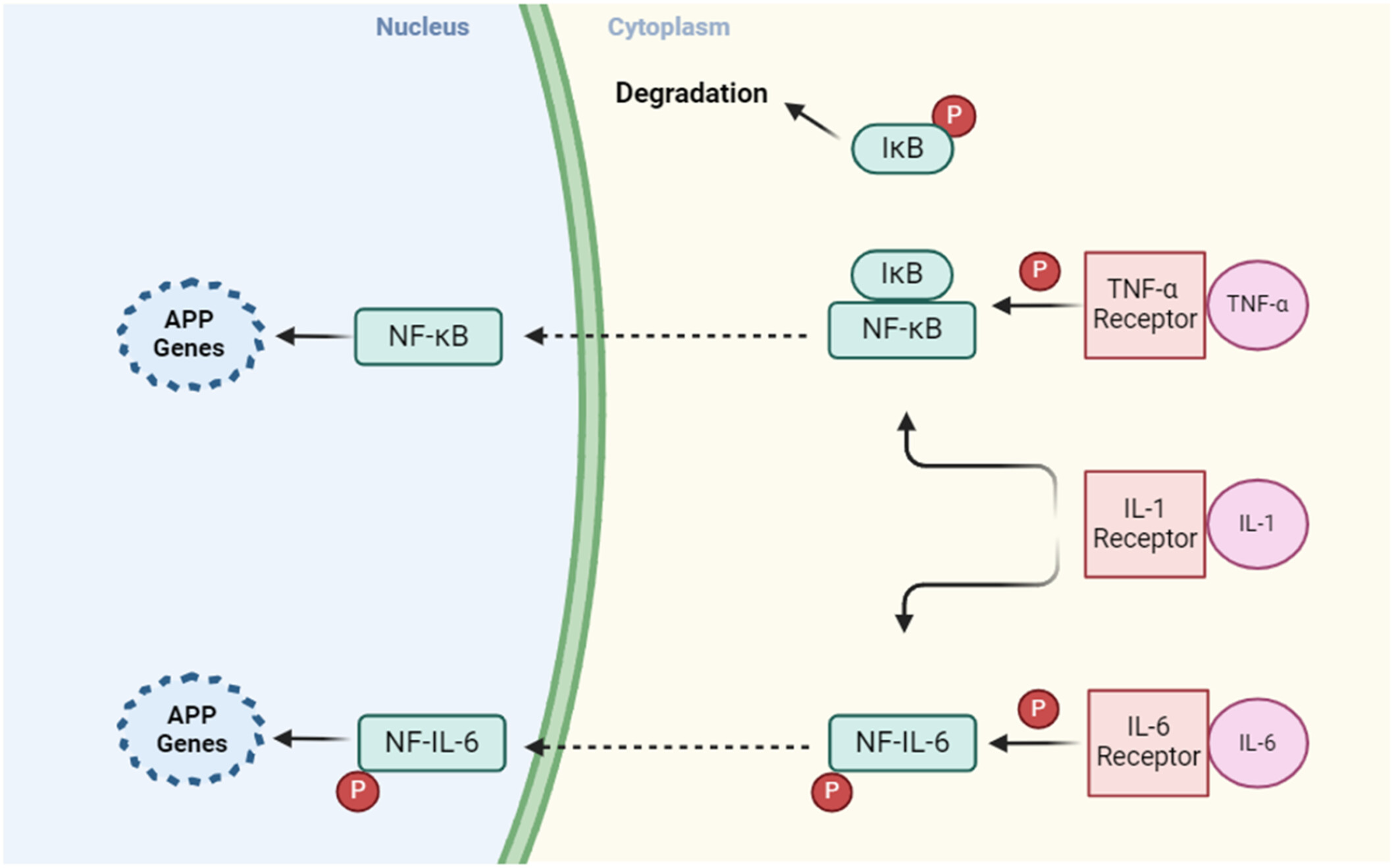
Celiac disease (CD) is a chronic autoimmune disorder characterized by an abnormal immune response to gluten, leading to intestinal inflammation and various clinical manifestations. Transthyretin (TTR) is notably sensitive to nutritional status, serving as a potential marker of malabsorption. Other serum proteins like transferrin and β2M have been investigated as biomarkers to monitor disease activity and treatment response. Acute-phase proteins like C-reactive protein (CRP) reflect inflammatory processes associated with the disease. Immunoglobulins also play a crucial role in the immune response to gluten proteins.
Exploring the Role of Pattern Recognition Receptors as Immunostimulatory Molecules
- First Published: 21 May 2025
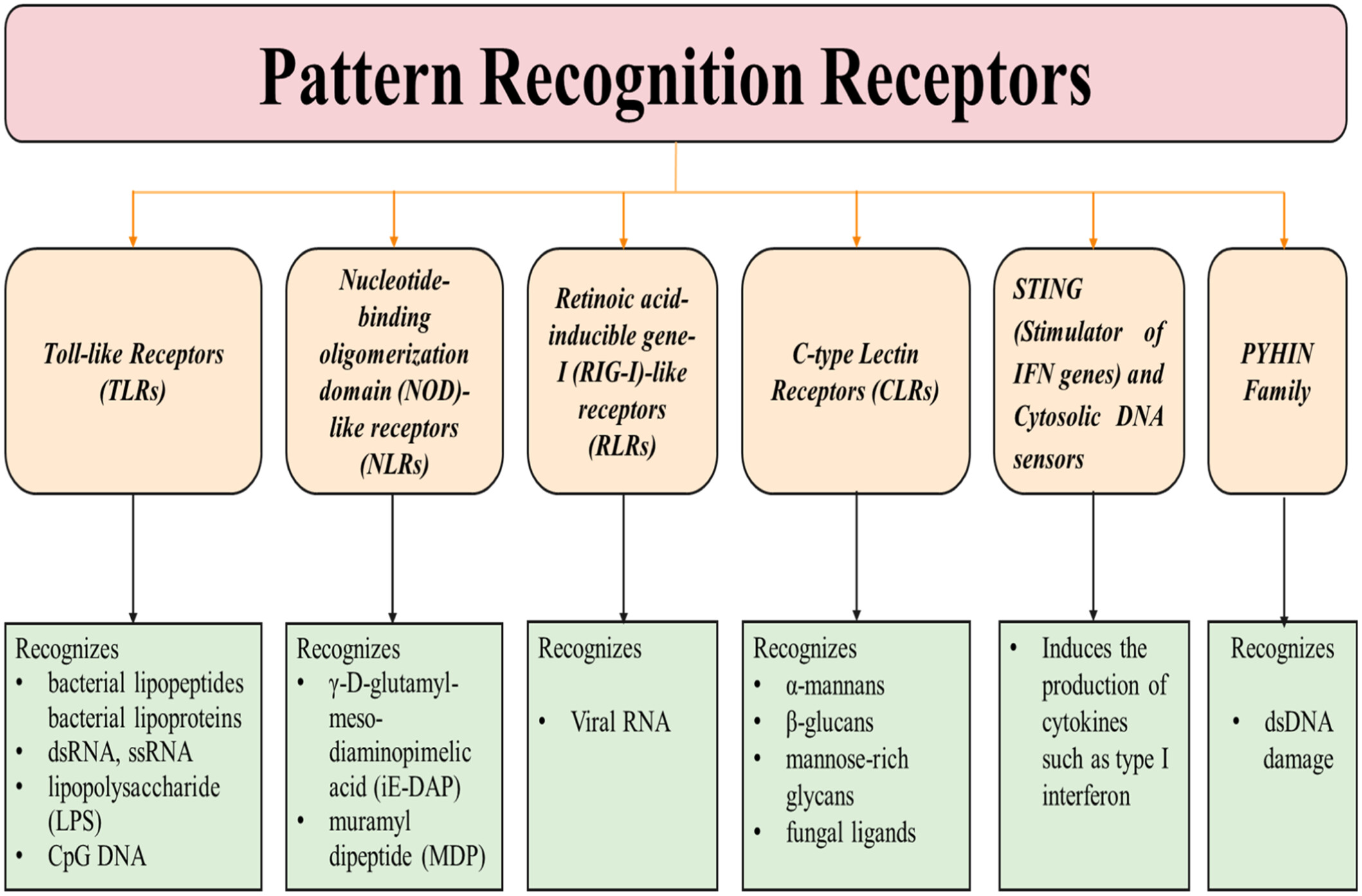
This mini-review summarizes different classes of pattern recognition receptors (PRRs) and the role of their agonizts that have been identified and also outlines the role of PRR ligands as immunostimulatory molecules. Overall, the mini-review has elaborated on the role of PRRs in the development of therapeutic vaccine adjuvants.




